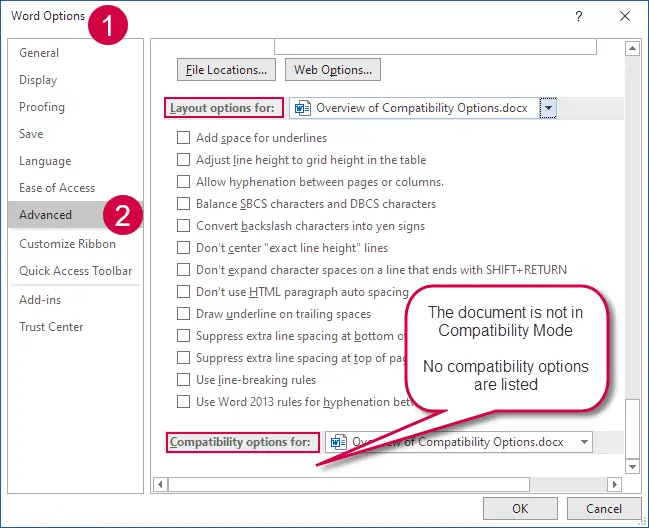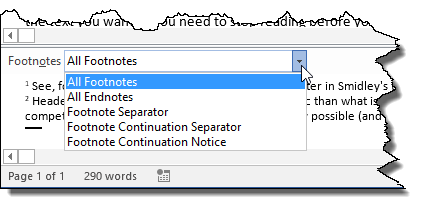

 If you use a bibliography: You do not need to provide the full citation in the footnotes, but rather a shortened form of the citation. When citing a source more than once, use a shortened version of the footnote.Ĭhicago footnotes provide a note each time a source is referenced and are often combined with a bibliography at the end. Henry James, The Ambassadors (Rockville: Serenity, 2009), 34-40. Throughout the first half of the novel, Strether has grown increasingly open and at ease in Europe this quotation demonstrates openness and ease. Do not start the order over on each page. You should begin with 1 and continue numerically throughout the paper. Any additional usage, simply use the author’s last name, publication title, and date of publication.įootnotes should match with a superscript number at the end of the sentence referencing the source. Generally, you want to provide the author’s name, publication title, publication information, date of publication, and page number(s) if it is the first time the source is being used. Footnotes or endnotes acknowledge which parts of their paper reference particular sources.
If you use a bibliography: You do not need to provide the full citation in the footnotes, but rather a shortened form of the citation. When citing a source more than once, use a shortened version of the footnote.Ĭhicago footnotes provide a note each time a source is referenced and are often combined with a bibliography at the end. Henry James, The Ambassadors (Rockville: Serenity, 2009), 34-40. Throughout the first half of the novel, Strether has grown increasingly open and at ease in Europe this quotation demonstrates openness and ease. Do not start the order over on each page. You should begin with 1 and continue numerically throughout the paper. Any additional usage, simply use the author’s last name, publication title, and date of publication.įootnotes should match with a superscript number at the end of the sentence referencing the source. Generally, you want to provide the author’s name, publication title, publication information, date of publication, and page number(s) if it is the first time the source is being used. Footnotes or endnotes acknowledge which parts of their paper reference particular sources. 
The style of Chicago/Turabian we use requires footnotes rather than in-text or parenthetical citations. Here’s a quick overview of the two note styles: Both are perfectly acceptable it’s mainly a question of personal preference. Whether you want to use footnotes or endnotes is up to you. The Chicago footnotes format helps writers to reference their sources in a way that does not interrupt the flow of the writing. People working in the humanities-literature, history, and the arts-are the primary users of the Chicago footnotes and bibliography system.
It will help you understand footnotes vs endnotes, teach you how to create them, and show real examples you can learn from. This is your how-to guide for footnotes following the Chicago Manual of style, 17th edition.







 0 kommentar(er)
0 kommentar(er)
